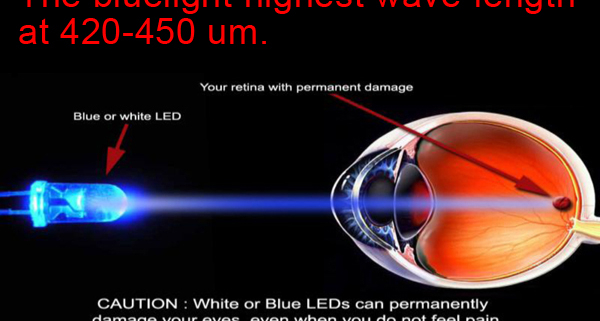Keratoconus is a progressive eye disease where the cornea, the clear dome-shaped front part of your eye, thins and bulges outward into a cone shape. This irregular shape blurs vision and can make everyday activities difficult. Glasses often aren’t effective in correcting vision for people with keratoconus, leaving them frustrated and struggling to see clearly.
Fortunately, there are several advanced treatments available at Ayushman Hospital & Health Services that can help manage keratoconus and improve your quality of life. This article will explain these keratoconus treatment options in detail:
Early Intervention: Slowing Keratoconus Progression
- Corneal Collagen Cross-Linking (CXL): This innovative procedure strengthens the corneal tissue using riboflavin (vitamin B2) drops and ultraviolet (UV) light. CXL helps halt the progression of keratoconus, preventing the cone-shaped bulge from worsening. It’s most effective in the early stages of the disease.
Reshaping the Cornea for Improved Vision
- Intracorneal Ring Segments (INTACS): These are tiny, crescent-shaped implants inserted into the cornea to reshape it and flatten the bulge. INTACS are ideal for moderate keratoconus and can significantly improve vision. They are also adjustable or removable if needed, offering treatment flexibility. Scleral lenses can be used alongside INTACS for additional vision correction.
- Rigid Gas Permeable (RGP) and Scleral Contact Lenses:
- RGP lenses are specially designed semi-soft lenses that vault slightly over the irregular cornea, creating a smooth optical surface for light to enter the eye. These are most effective in the early stages of keratoconus.
- Scleral lenses are larger-diameter lenses that rest on the white part of the eye (sclera), bypassing the irregular cornea altogether. They provide excellent vision correction and are very comfortable for people with moderate to advanced keratoconus.
Advanced Techniques for Significant Vision Distortion
- Athens Protocol: Combining PRK and CXL: This approach combines two procedures:
- Topography-Guided Photorefractive Keratectomy (PRK): A laser-guided by detailed maps of your cornea reshapes it to improve vision.
- CXL: Strengthens the cornea after PRK to maintain its new shape. The Athens Protocol is particularly beneficial for people with substantial vision distortion from keratoconus, offering improved vision quality with glasses and potentially less reliance on contact lenses.
- Combined INTACS and CXL: Studies at Ayushman Hospital have shown that combining INTACS with CXL simultaneously yields better results than staged procedures. This combined approach reshapes the cornea with INTACS and strengthens it with CXL, leading to improved vision and greater corneal stability.
Corneal Transplant for Severe Cases
- Deep Anterior Lamellar Keratoplasty (DALK): In advanced keratoconus where other treatments are no longer effective, a corneal transplant may be necessary. DALK is a preferred technique that replaces only the diseased outer layers of the cornea while preserving the healthy inner layers. This minimizes the risk of rejection compared to a full-thickness transplant. DALK offers faster recovery, fewer complications, and significantly improved vision for patients with severe keratoconus.
Ayushman Hospital: Your Partner in Managing Keratoconus
At Ayushman Hospital, we understand the challenges keratoconus presents. Our commitment is to provide you with the best possible care. Our ophthalmologists are highly experienced and use state-of-the-art technology to offer a comprehensive range of keratoconus treatments, including CXL, INTACS, RGP and scleral lenses, the Athens Protocol, and DALK. We individualize treatment plans based on your specific needs and the severity of your condition, ensuring optimal outcomes and improved vision.
Take Charge of Your Vision Today
If you are experiencing vision problems or suspect you might have keratoconus, schedule a consultation at Ayushman Hospital. Our experts will diagnose your condition, discuss suitable treatment options, and help you find the best course of action to manage keratoconus and improve your quality of life. You can also watch our informative video about the combined INTACS and CXL procedures for a detailed demonstration.





